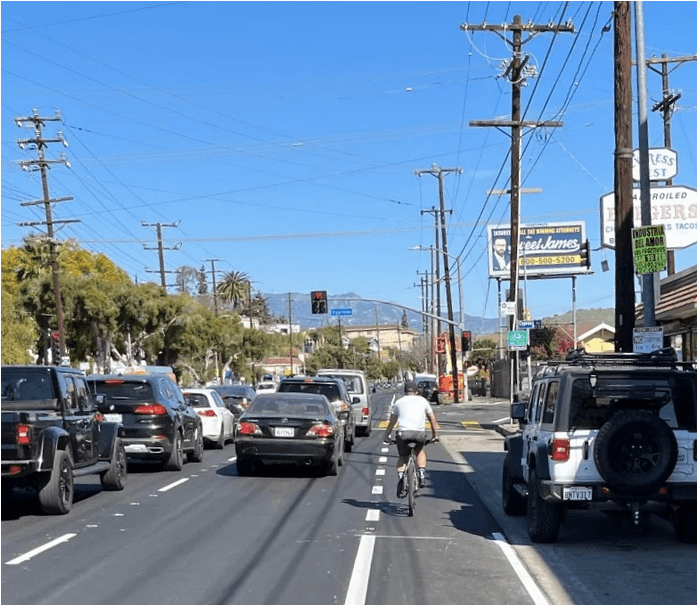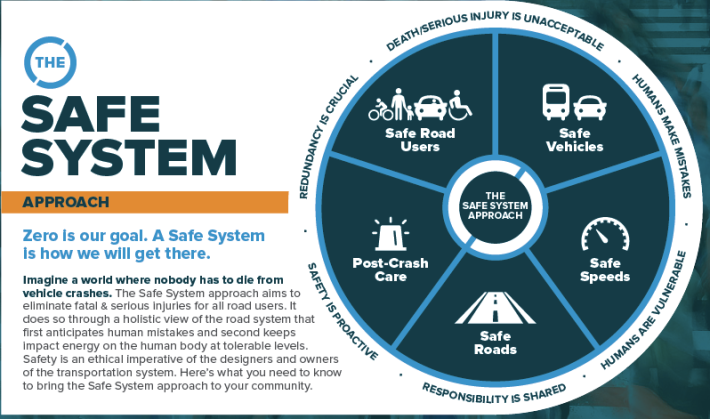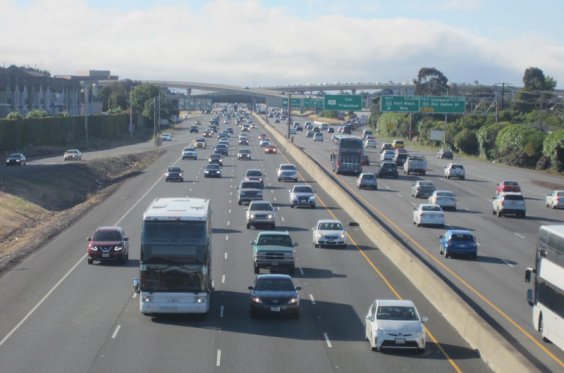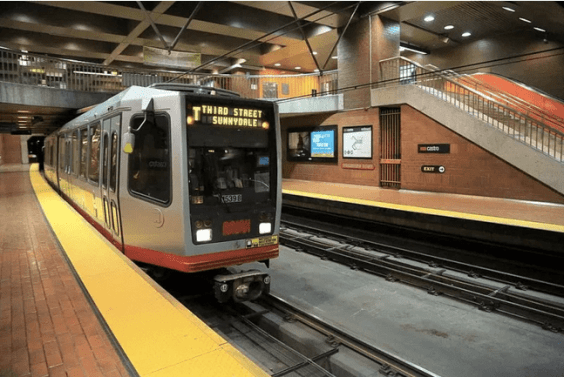Note: GJEL Accident Attorneys regularly sponsors coverage on Streetsblog San Francisco and Streetsblog California. Unless noted in the story, GJEL Accident Attorneys is not consulted for the content or editorial direction of the sponsored content.
Caltrans officially announced it is adopting a different approach to traffic safety. A "Safe Systems" approach, similar to "Vision Zero," recognizes that people using the transportation system will inevitably make mistakes, and works to reduce serious consequences from those mistakes when they do happen.
For example, speed has a direct correlation to the seriousness of any injuries resulting from crashes, and also makes crashes harder to avoid. Therefore, a Safe Systems approach calls for making sure traffic goes slowly enough to avoid most crashes.
This is the opposite of California's traditional approach. Transportation planning has for years focused on the "importance" of making sure vehicles are not stuck in traffic, relying on what it calls the three "Es" (Engineering, Enforcement, Education) or maybe five (add Encouragement and Evaluation).
Engineers and planners have been so laser-focused on avoiding even slight delays to vehicles as they traveled through cities, towns, and suburbs that they forgot about the importance of "H" - humans.
The focus on Level of Service - vehicle delay - as the most important measure of a road or intersection's effectiveness has cost society a lot in terms of safety, livability, climate, and environment, and even aesthetics - you name it, the wide, fast roads built throughout California stomp on every measure except traffic speed.
It's so ingrained in traffic engineering that it's been hard to explain how insanely counterproductive it is - although advocates and government agencies alike have been trying. And with some success: Level of Service is no longer used as a measure of environmental impact under CEQA, although even writing that it used to be seems crazy.
Politicians also focused so hard on avoiding "speed traps" that they created a system whereby speed limits were set not according to safety outcomes but to the prevailing speed of drivers. This is why A.B. 43 was needed - and also why now Los Angeles is lowering speed limits all over town.
But it is not enough just to lower speed limits - roads need to be designed appropriately for their context, and to ensure everybody can get where they need to go without taking their lives in their hands.
The official press release from Caltrans says that Director Toks Omishakin - who was recently appointed to head the California State Transportation Agency (CalSTA) - has issued a directive committing the department to using a Safe Systems approach, and that Caltrans "reaffirms the vision of reaching zero fatalities and serious injuries on state highways by 2050."
To do so, Caltrans will need to fundamentally shift its thinking and practices. It has already been undergoing related shifts - for example, see the recently released directive to include complete streets elements in every Caltrans projects. The press release states that:
This policy takes steps to further institutionalize a shift that began in 2020, as state transportation leaders recognized a bolder and more focused approach was necessary to combat the troubling rise in fatalities and serious injuries on California roads. The state’s 2020-24 Strategic Highway Safety Plan – managed by Caltrans and involving more than 400 stakeholders – was updated to include the Safe System approach.
This policy also aligns with the U.S. Department of Transportation’s National Roadway Safety Strategy released in January, which set the first national goal of zero roadway fatalities and recognizes the Safe System approach as encompassing a range of roadway safety programs and stakeholders.
The Safe Systems approach deploys the following principles:
- Eliminate death and serious injury - avoiding crashes but also ensuring that when crashes do occur, they do not cause death or serious injury.
- Recognize that humans make mistakes, and design and operate the transportation system to accommodate potential errors without someone having to die.
- Recognize that humans are vulnerable. While passengers in vehicles can be protected from some crash impacts with seat belts and air bags, people outside those vehicles are subject to death and serious injuries if they get hit. Designing the system to minimize speeds reduces these risks.
- Responsibility is shared among those who design and maintain roads, who make and design vehicles, who set policy, who enforce rules, and who use the road. "No one entity can achieve this goal alone, and it will take the coordinated effort of stakeholders working across a variety of disciplines to improve safety outcomes."
- Redundancy is crucial. All parts of the transportation system must work towards reducing risk, so that if any one element fails, there are still multiple layers of protection.
- Safety is proactive and reactive. Good design reduces risk; so does learning from mistakes and making changes based on that learning.
More information about the Safe Systems approach can be learned from the Vision Zero Network and the FHWA.
Streetsblog will also be following up with Caltrans to find out how these principles will be applied on the ground.







